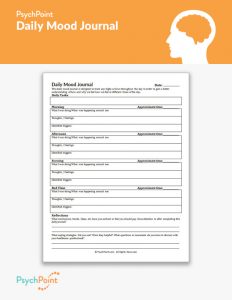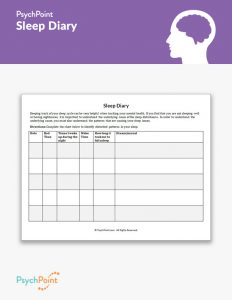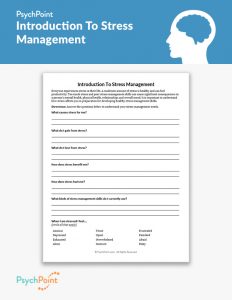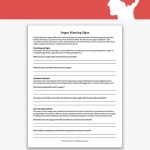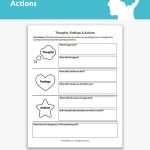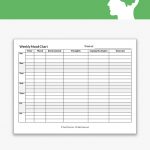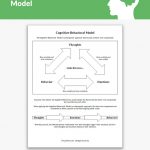Challenging Anxious Thoughts Worksheet
Worksheet updated on August 23rd, 2024
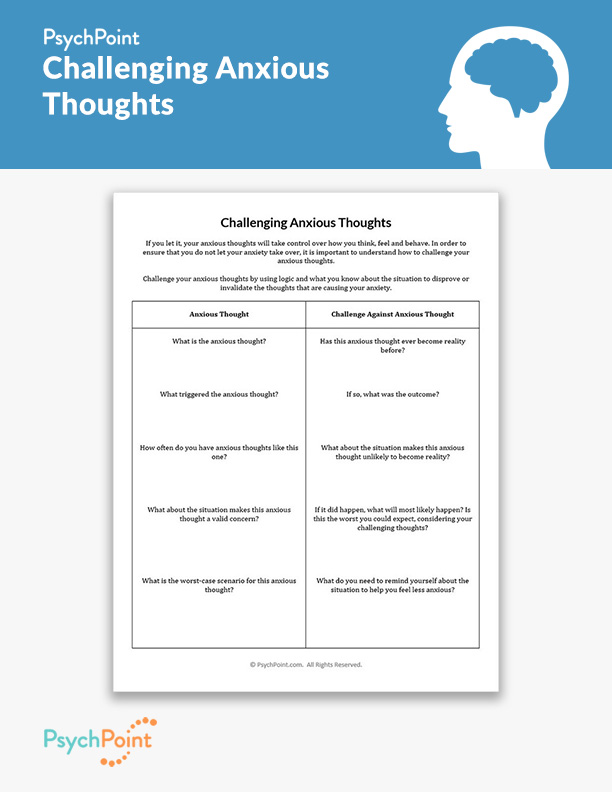
Coping with anxious thoughts can be a struggle for clients in therapy. Racing, ruminating, or oppressive thoughts can be difficult to manage healthily, which can cause stress for clients who do not know how to control their thoughts.
Cognitive behavioral therapy offers tools for clients to learn how to manage their thoughts so they do not cause stress. Learning how to challenge anxious thoughts can help clients in therapy feel a sense of authority over their anxious thought patterns and reactions to triggers.
About This Worksheet
Anxious thoughts can stem from anywhere and can affect a client at any time. Being sure that your client is equipped with coping strategies for anxious thinking patterns helps them feel in control when struggling with cycles of triggering thoughts and feelings.
If a client in therapy can successfully challenge anxious thoughts, they can build a sense of control over racing and negative thoughts that trigger uncomfortable feelings. The Challenging Anxious Thoughts worksheet teaches clients how to use reason to challenge anxious thoughts.
Adults in cognitive behavioral therapy can benefit from using this worksheet. It can be used in individual and group sessions.
Instructions
The Challenging Anxious Thoughts worksheet helps clients learn how to create a habit of challenging anxious thoughts. The client will need a therapist’s direction while learning how to use the worksheet, but with practice, they will be able to use it on their own.
To introduce this worksheet, review the introduction and directions with the client. Then, help them complete the worksheet, offering guidance and direction when needed.
Each column has four reflection questions that aid in processing and challenging anxious thoughts. Fill out the Anxious Thought column first, then the Challenge Against Anxious Thought column second.
After the worksheet is complete, start a dialog about the client’s experience with the exercise. Ask them how they feel about their anxious thought after completing the worksheet and how they believe the exercise can help them when managing anxious thoughts outside of therapy.
Instruct the client to continue to practice the exercise between sessions. You may also consider providing a blank copy of the worksheet as a homework assignment.

